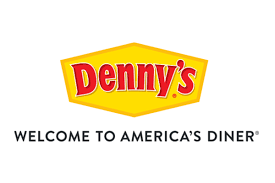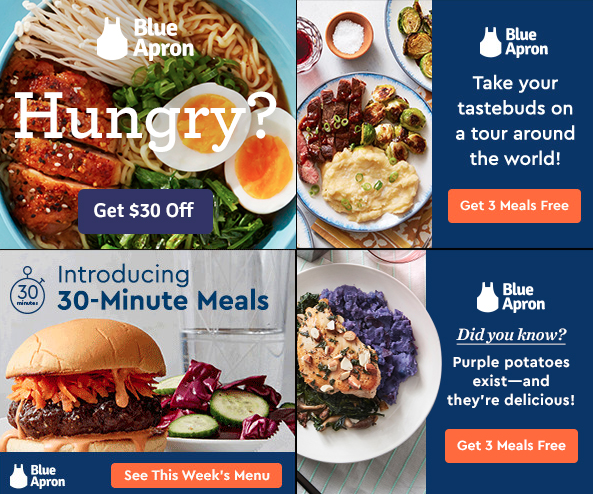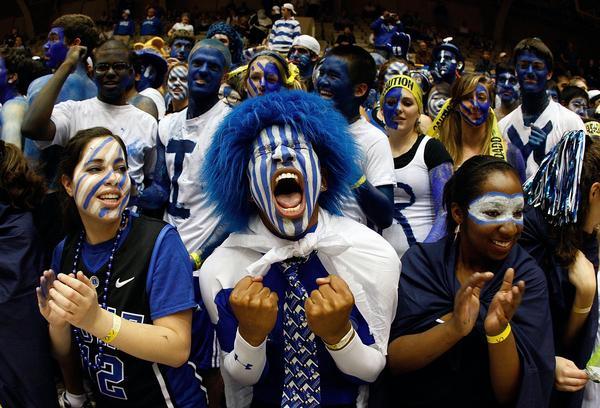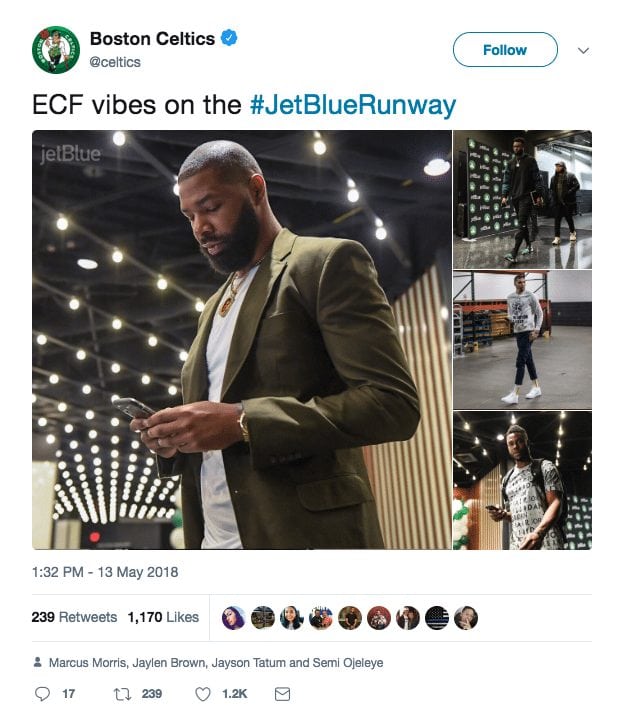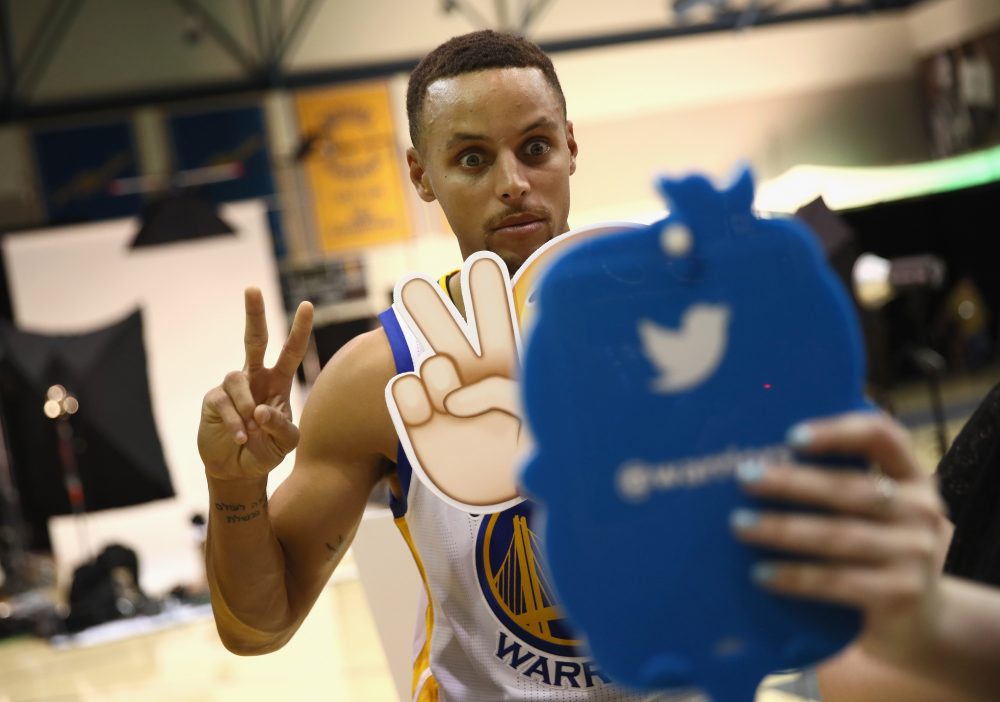Have you taken a social media break lately? If so, you are part of a growing segment of the population. According to Pew Research Center, 42% of Facebook users have admitted to taking a break from checking in on the site, in the last year. And, 26% of those have gone so far as to delete the app from their phone completely (Perrin, 2018). One reason that users feel the need to step away for a while is due to increased concern over online privacy and how social media platforms are protecting personal data. Most Facebook users, 74% of adults over 18, are unaware that the app collects and distributes their data to advertisers and is also unaware of privacy settings currently available to minimize this (Gramlich, 2019).
The overall feeling amongst many American’s is that they no longer have the ability to protect their personal information from being collected. In another Pew Research study conducted in 2014, 64% of social media users said the government needed to step in and provide more protective regulations (Rainie, 2018). Unfortunately, to date, little has been done to protect them, and the conversation continues to drag on in Congress. Bi-partisan movement is being made, albeit at a slow pace, to pass legislation to address the constant data breaches and misinformation campaigns. Fingers crossed that they can work to pass the Data Care Act of 2018 that would “ require companies to reasonably secure identifying information and vow not to use it in harmful ways.” (Lapowsky, 2018)
The need for this legislation is immediate and becoming more necessary every day as those affected by the lack of protection is broad. There is, however, one particular socio-economic group that is often not considered when considering the victims of this targeted advertising approach, low-income communities. The advertisers that apps like Facebook share their info with vary in intent and product. They are given a long list of demographic and economic data from which they develop their target audience. With the personal data collected advertisers can dissect and focus on a very finite group of social media users. The ads that focus on this particular group are those for pay-day loans, high-interest mortgages, and for-profit colleges, which can have devasting financial consequences to the less educated. Social media user’s information regarding gender, race, zip code, and age are currently protected as a result of previous lawsuits between user’s and Facebook. However, poverty is not a protected category according to current laws or the Constitution. That means it is open season on those who can least afford or are not educated about privacy protection on social media sites. These predatory advertisers can have long term effects on one’s ability to secure a loan, get a job, or a lease approval for that new apartment (Fox, 2019).
Proponents of data privacy legislation have looked to Europe for examples as they recently implemented the General Data Protection Regulation, which has rights explicitly created to address the needs of lower-income social media users. The law has several beneficial provisions that afford low-income users the ability to protect their data, such as “the right to be forgotten.” This provision requires that personal data be scrubbed when it is no longer needed for a specific purpose or when asked for by the person whose information is in question. The benefit of this provision is that as one’s financial picture improves, they can request to have old data removed and would not be weighed down by their past adverse financial history (Fox, 2019). This new legislation has received positive adoption by both consumer groups and businesses and should make an immediate impact due to strict enforcement laws.
The data privacy wars are heating up, and with a divided Congress, it is still up for debate if anything will soon be passed to protect U.S. users.
References
Ehlers, R. (2018). Data Care Act of 2018. Retrieved on June 15, 2019. Retrieved from https://www.natlawreview.com/article/data-care-act-2018
Gramlich, J. (2019). Pew Research Center. 10 Facts About Americans and Facebook. Retrieved on June 14, 2109. Retrieved from https://www.pewresearch.org/fact-tank/2019/05/16/facts-about-americans-and-facebook/
Intersoft Consulting. (N.D.) GDPR Right to be Forgotten. Retrieved on June 14, 2019. Retrieved from https://gdpr-info.eu/issues/right-to-be-forgotten/
Lapowsky, I. (2018) Wired. Get Ready for a Privacy Law Showdown in 2019.https://www.wired.com/story/privacy-law-showdown-congress-2019/
Perrin, A. (2018). Pew Research Center. Americans are Changing Their Relationship with Facebook. Retrieved on June 15, 2019. Retrieved from https://www.pewresearch.org/fact-tank/2018/09/05/americans-are-changing-their-relationship-with-facebook/
Perrin, A. and Anderson, M. (2019). Pew Research Center. Share of U.S. Adults Using Social Media, Including Facebook, is Mostly Unchanged Since 2018. Retrieved on June 12, 2019. Retrieved from https://www.pewresearch.org/fact-tank/2019/04/10/share-of-u-s-adults-using-social-media-including-facebook-is-mostly-unchanged-since-2018/
Rainie, L. (2018). Pew Research Center. Americans’ Complicated Feelings About Social Media in an Era of Privacy Concerns. Retrieved on June 15, 2019. Retrieved from
Waddell, K. (2019). Axios. A New Attack on Social Media’s Immunity.Retrieved on June 13, 2019. Retrieved from https://www.axios.com/social-media-immunity-section-230-f15ac071-32e9-4e33-81e6-4c7ebadaea5e.html









